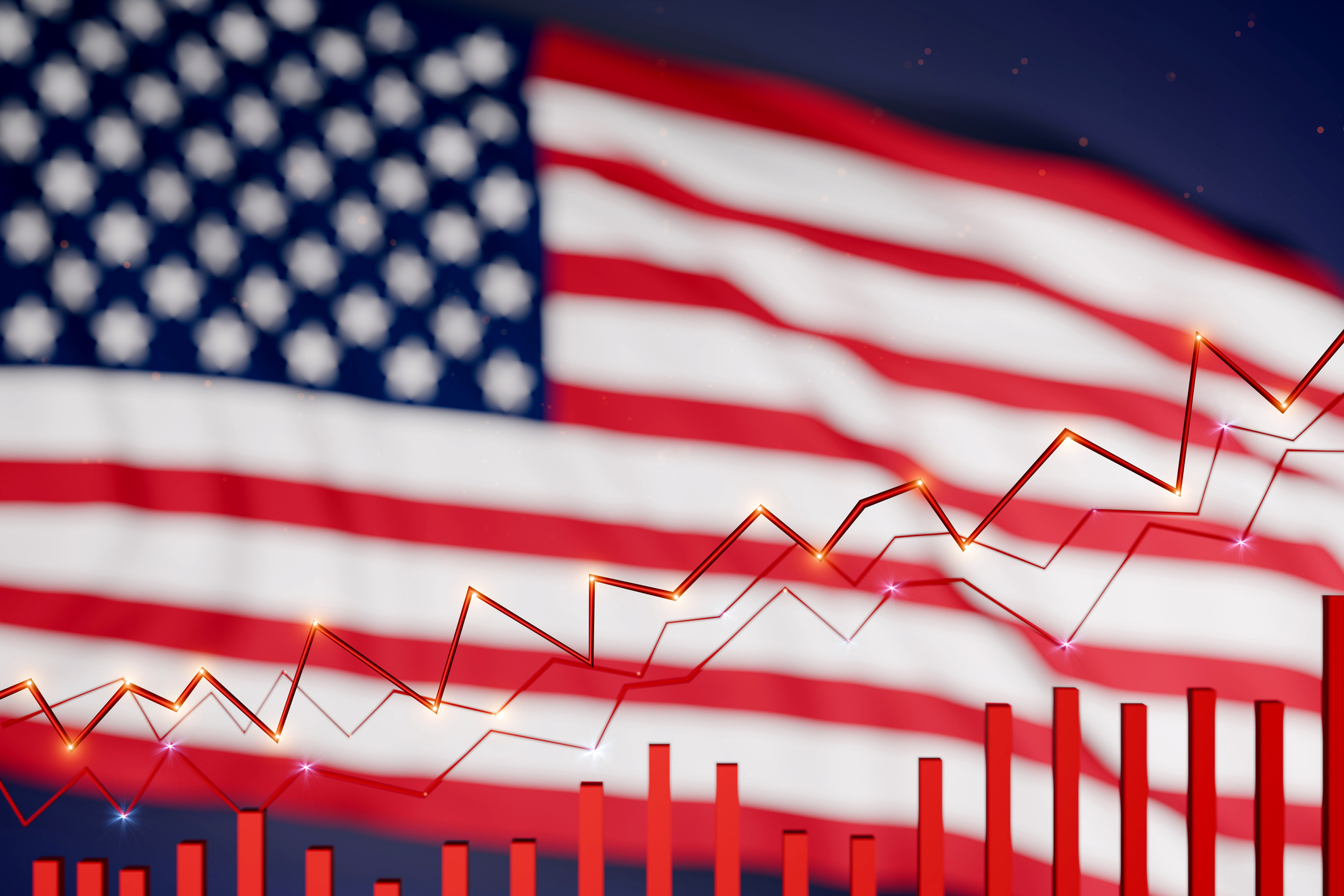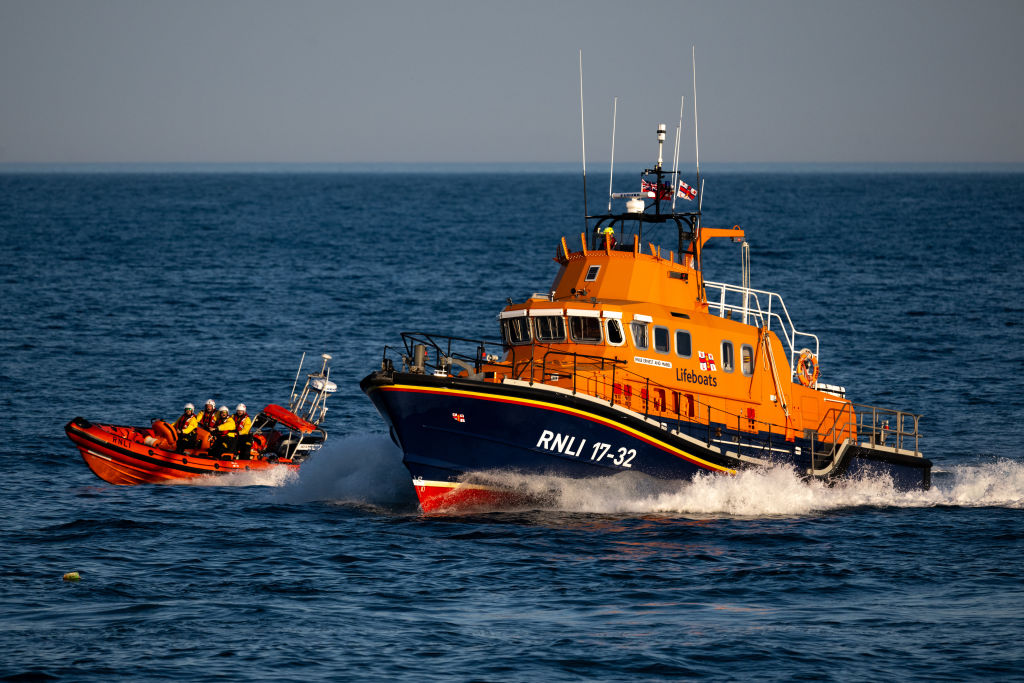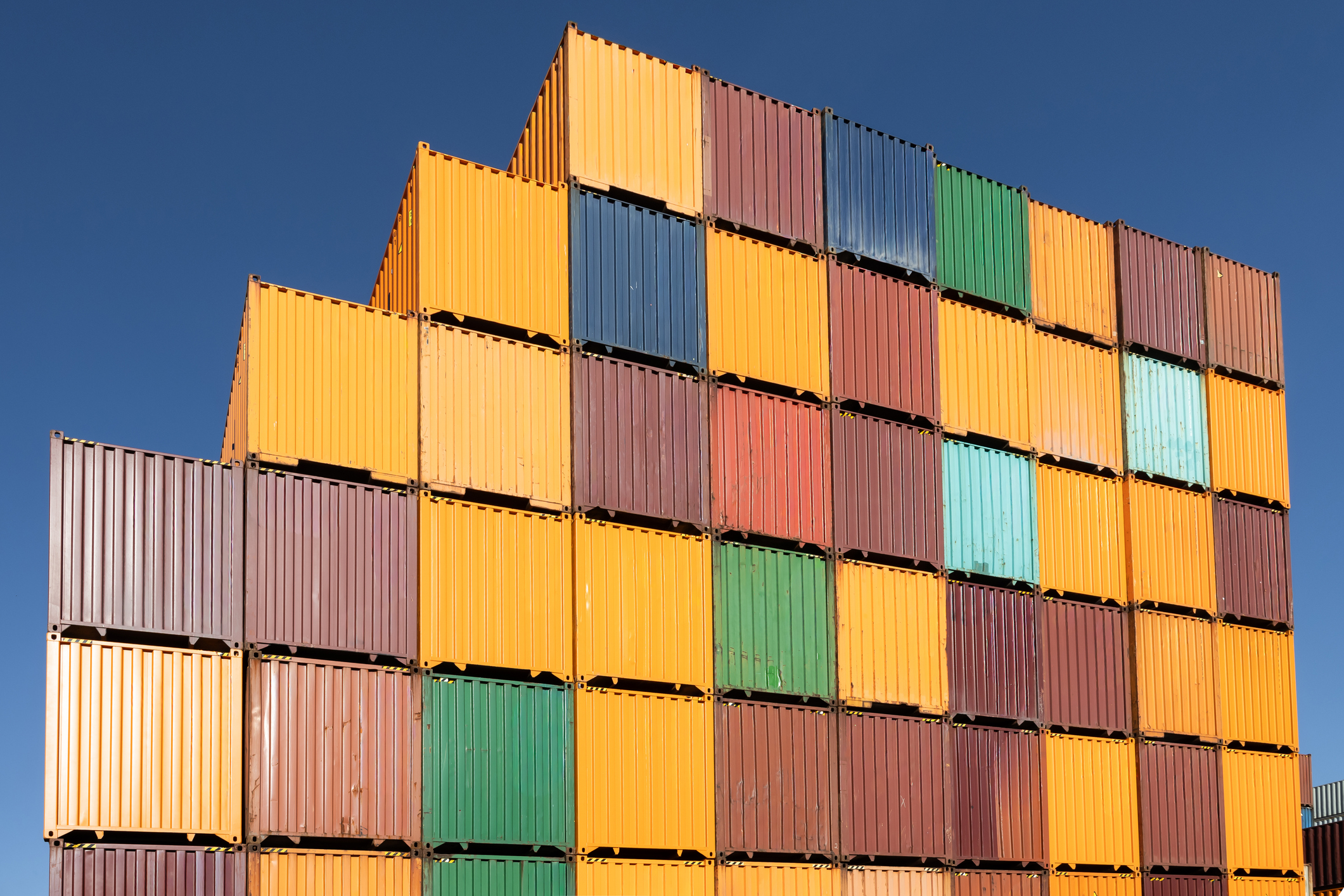Hunting for value in emerging-market funds
Many emerging-market stocks look cheap – but few funds are betting on them while the risks remain high


One of the headaches of buying out-of-favour assets is that the more out of favour they become, the harder it gets to invest in them. Take cheap emerging market shares. Ever since the rally began in April, emerging markets have polarised between a small number of hot stocks, mostly in the tech sector, and a large pack of also-rans. The same is true in developed markets, of course; Alphabet, Apple, Amazon, Facebook, Microsoft and their peers have soared ahead since April. Yet the gulf in emerging markets is even wider.
The MSCI Emerging Markets Growth Index now trades on a price/earnings ratio of 24 times forecast earnings, while the MSCI Emerging Markets Value Index is on 10.5. These way these indexes are constructed isn’t perfect (somehow Samsung Electronics – which I would say is more growth than value – manages to appear in both), but you get similar results if you try to look at the divide in other ways.
Where are the value managers?
Given that, you’d expect at least some emerging-market managers to be taking the risk of loading up on value. After all, even though tech is leading the way in developed markets, you can still find die-hard value managers preaching the merits of financials, energy or other depressed sectors. Not so in emerging markets. Finding a broad fund that doesn’t have Alibaba, Tencent, Taiwan Semiconductor Manufacturing, Samsung Electronics and so on as its largest holdings is surprisingly difficult. That’s partly because these firms have performed so well that a modest starting position is now a large one – and few managers will be keen to take the risk of selling winners like these to buy beaten-down losers. And yet when valuations are this far apart, the argument for committing part of a portfolio to risky stocks is at its strongest.
MoneyWeek
Subscribe to MoneyWeek today and get your first six magazine issues absolutely FREE

Sign up to Money Morning
Don't miss the latest investment and personal finances news, market analysis, plus money-saving tips with our free twice-daily newsletter
Don't miss the latest investment and personal finances news, market analysis, plus money-saving tips with our free twice-daily newsletter
So where can investors look if they want to buy value? One option is to pick cheap countries. Investors are disillusioned with Southeast Asia, but they are outright despondent about Brazil and they don’t much like Russia. So exchange-traded funds such as iShares MSCI Brazil (LSE: IBZL) and HSBC MSCI Russia Capped (LSE: HRUB) could be worth a look. The fate of both will depend on a rebound in energy and commodities. Alternatively, look for unloved investment trusts on wide discounts to net asset value. ScotGems (LSE: SGEM), which invests in emerging-market smaller companies, has done badly since floating in 2017. Its portfolio is down 25% over the past year. Yet the quality of its holdings looks okay; at least part of its problems is due to being heavily weighted towards markets that have struggled. A discount of 24% should narrow if those countries stage a recovery.
I wish I knew what a price/sales ratio was, but I’m too embarrassed to ask
The price/sales (p/s) ratio is a method for valuing a company, similar to other metrics such as the price/earnings (p/e) ratio and the price/book (p/b) ratio.
A firm’s p/s ratio is usually calculated by dividing its market capitalisation by its revenues. So a company with a market cap of £25bn and sales of £10bn has a p/s ratio of 2.5.
You’d get exactly the same result if you divided the share price by revenues per share. But unlike earnings or book value, revenues aren’t usually reported on a per share basis, so using total sales means one less step in the calculation.
Just like a p/e ratio, a low p/s ratio may imply a cheap stock. However, sales aren’t the same as profits, so the p/s ratio requires even more care when deciding if a stock is cheap.
Different sectors have very different profit margins, so the p/s ratio is most useful when comparing companies within the same sector. It can be especially helpful when looking at firms whose earnings are temporarily depressed as a result of one-off factors, but which should later return to a more normal level. This is often the case in cyclical industries.
The p/s ratio can also be useful when comparing early-stage growth stocks against their peers. These firms may be growing rapidly, but not yet making a profit, rendering the p/e ratio useless. The p/s ratio tells you how much the market is paying for each pound of sales. Of course, the value of this depends on whether your assumptions about a firm’s future profitability are realistic: a business with little prospect of making a profit will be a bad investment even if the p/s ratio is low.
The p/s ratio does not take debt into account. This means that when one firm has more debt than an otherwise identical rival, it will look cheaper (but may well be riskier). To get a picture that includes debt, use enterprise value (equity market capitalisation plus the value of outstanding debt) divided by sales instead.
Get the latest financial news, insights and expert analysis from our award-winning MoneyWeek team, to help you understand what really matters when it comes to your finances.
Cris Sholto Heaton is an investment analyst and writer who has been contributing to MoneyWeek since 2006 and was managing editor of the magazine between 2016 and 2018. He is especially interested in international investing, believing many investors still focus too much on their home markets and that it pays to take advantage of all the opportunities the world offers. He often writes about Asian equities, international income and global asset allocation.
Cris began his career in financial services consultancy at PwC and Lane Clark & Peacock, before an abrupt change of direction into oil, gas and energy at Petroleum Economist and Platts and subsequently into investment research and writing. In addition to his articles for MoneyWeek, he also works with a number of asset managers, consultancies and financial information providers.
He holds the Chartered Financial Analyst designation and the Investment Management Certificate, as well as degrees in finance and mathematics. He has also studied acting, film-making and photography, and strongly suspects that an awareness of what makes a compelling story is just as important for understanding markets as any amount of qualifications.
-
 Where can I get pension advice?
Where can I get pension advice?A popular directory of pension advice professionals has closed, leaving those seeking help with their retirement unsure of where to go. We look at the options
-
 The investing mistakes not to make: MoneyWeek Talks
The investing mistakes not to make: MoneyWeek TalksPodcast MoneyWeek's digital editor speaks to Andrew Craig, founder of Plain English Finance, about why passive investing isn't always the only option for good investors
-
 Stock markets have a mountain to climb: opt for resilience, growth and value
Stock markets have a mountain to climb: opt for resilience, growth and valueOpinion Julian Wheeler, partner and US equity specialist, Shard Capital, highlights three US stocks where he would put his money
-
 The steady rise of stablecoins
The steady rise of stablecoinsInnovations in cryptocurrency have created stablecoins, a new form of money. Trump is an enthusiastic supporter, but its benefits are not yet clear
-
 SRT Marine Systems: A leader in marine technology
SRT Marine Systems: A leader in marine technologySRT Marine Systems is thriving and has a bulging order book, says Dr Michael Tubbs
-
 Goodwin: A superlative British manufacturer to buy now
Goodwin: A superlative British manufacturer to buy nowVeteran engineering group Goodwin has created a new profit engine. But following its tremendous run, can investors still afford the shares?
-
 A change in leadership: Is US stock market exceptionalism over?
A change in leadership: Is US stock market exceptionalism over?US stocks trailed the rest of the world in 2025. Is this a sign that a long-overdue shift is underway?
-
 A reckoning is coming for unnecessary investment trusts
A reckoning is coming for unnecessary investment trustsInvestment trusts that don’t use their structural advantages will find it increasingly hard to survive, says Rupert Hargreaves
-
 Metals and AI power emerging markets
Metals and AI power emerging marketsThis year’s big emerging market winners have tended to offer exposure to one of 2025’s two winning trends – AI-focused tech and the global metals rally
-
 8 of the best houses for sale with beautiful fireplaces
8 of the best houses for sale with beautiful fireplacesThe best houses for sale with beautiful fireplaces – from a 15th-century cottage in Kent to a 17th-century palazzo in Oxfordshire
